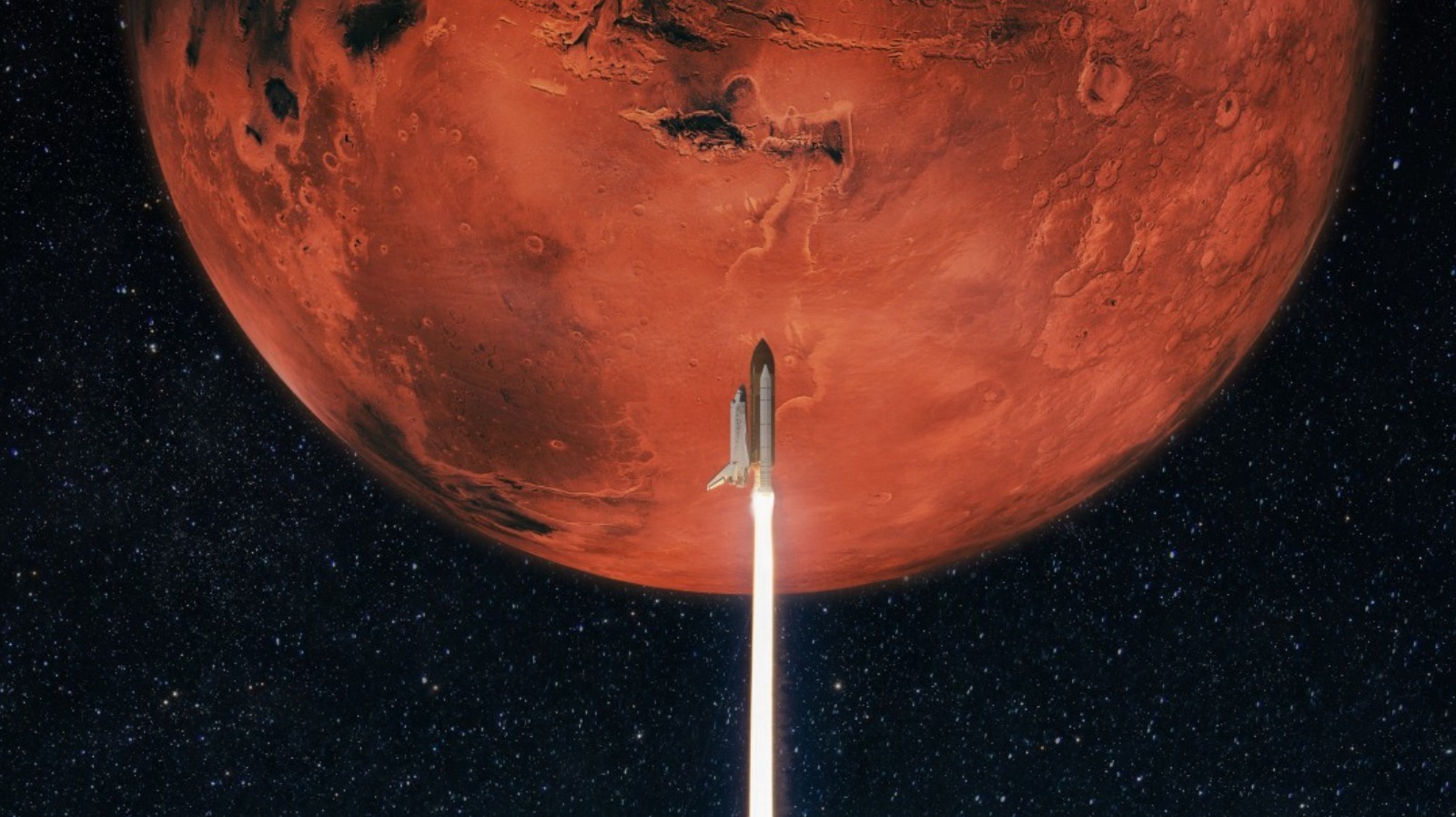How Plasma Could Speed Up The Dream Of Mars Colonization

NASA has already put an experimental system on the red planet that can convert carbon dioxide into oxygen. Dubbed Mars Oxygen In-Situ Resource Utilization Experiment (MOXIE), the machine is the size of a car battery and operates out of the Perseverance rover. In April of 2021, the MOXIE kit successfully managed to harvest oxygen gas on Mars for the first time.
Moxie relies on a system called Solid Electrolysis Cells (SOEC) that passes electricity between two electrodes to create a temperature higher than 1,000 K for breaking down carbon dioxide into water. But it has its own set of drawbacks. For example, the electrode material is susceptible to chemical degradation in the process.
To avoid this fate, it would require a working atmosphere of carbon monoxide, high temperature, and high pressure. All that requires extra gear like a compression system and thermal insulation system, which only adds to the bulk and also shoots up the power requirements.
MOXIE is currently designed to produce only 10 grams of oxygen per hour. According to NASA, To launch off the surface of Mars, astronauts would need 25 metric tons of oxygen and an additional 7 metric tons of rocket fuel. To achieve such numbers, the size of MOXIE needs to be enhanced roughly by a factor of 100. Therefore, it is critical that engineers and scientists develop better-performing, smaller, and more energy-efficient systems for oxygen generation on Mars, which is where the plasma tech can prove to be a gamechanger.
For all the latest Games News Click Here
For the latest news and updates, follow us on Google News.
